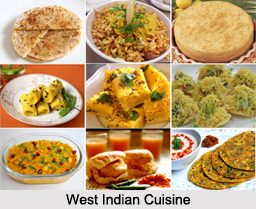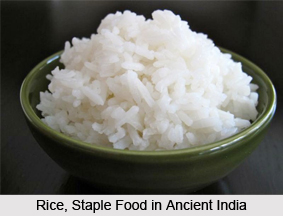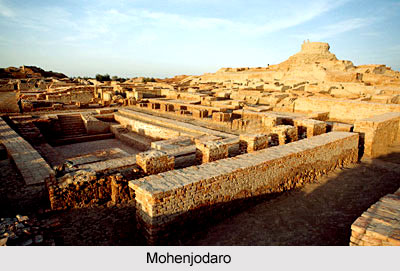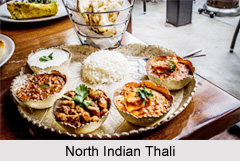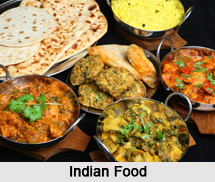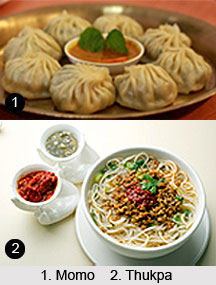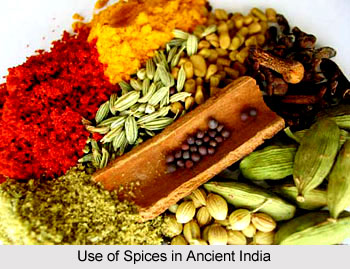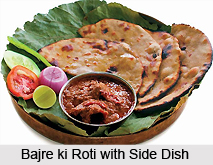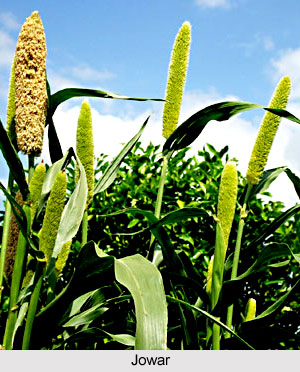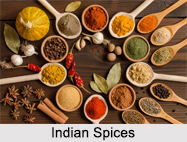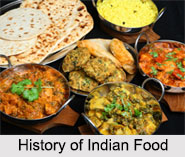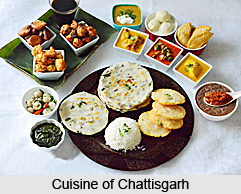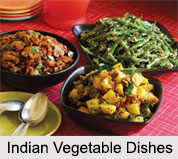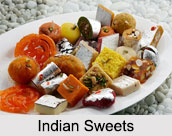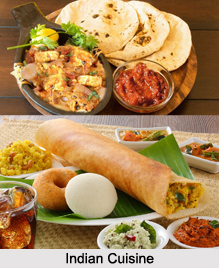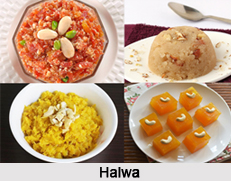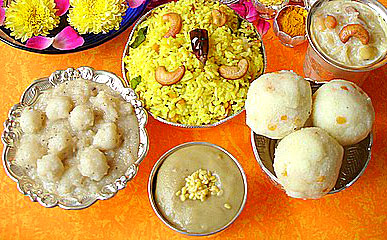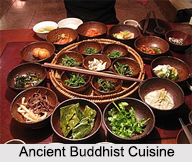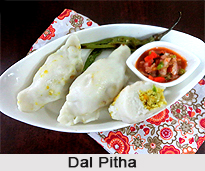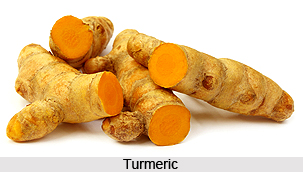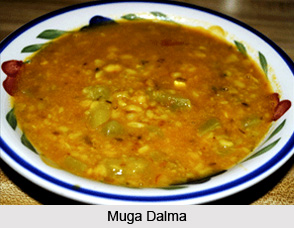 Muga dalma also called `Habishya Dalma` is an authentic dish of Odisha. It is primarily consumed by women in the said state while keeping the Habisha fast in the month of Kartik.
Muga dalma also called `Habishya Dalma` is an authentic dish of Odisha. It is primarily consumed by women in the said state while keeping the Habisha fast in the month of Kartik.
Ingredients of Muga Dalma
•1/2 Cup moong dal
•11/2 Cups of cut vegetables including: pumpkin, yam, papaya, plantain, arum, and radish.
•1 Tablespoon cumin seeds
•1 Inch ginger crushed
•1 Tablespoon ghee
•2 Red chillies
•Salt to taste
•Chilli powder to taste
•2 Teaspoon cumin powder
Method of Preparing Muga Dalma
•Fry the moong dal in a pan for about 2 minutes without any oil.
•Soak the semi fried moong dal in water and keep it aside.
•Heat ghee in a pressure cooker.
•Add cumin seeds and red chillies.
•Add the crushed ginger and vegetables.
•Stir and fry for 1 minute.
•Add the soaked moong dal, salt, cumin powder and chilli powder and water as required. Close the lid of the pressure cooker and cook for 15 minutes.
•Serve.
Muga dalma is easy to prepare and can be made at home. People can relish this side dish either with rice or roti.
This article is a stub. You can enrich by adding more information to it. Send your Write Up to content@indianetzone.com
